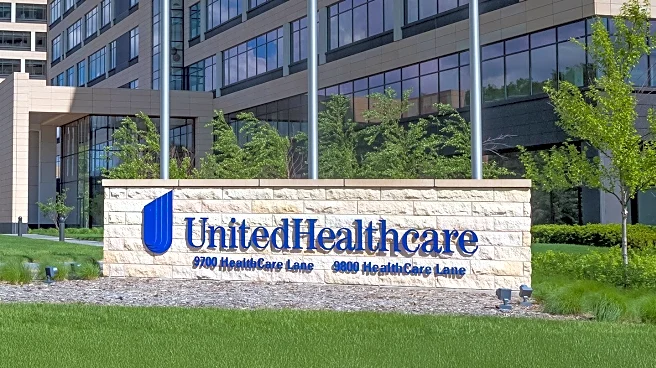What's Happening?
The health industry has seen a significant increase in lobbying expenditures, with major players spending $334 million so far this year. This marks a notable rise compared to the same period in 2024. The increase is largely
driven by the Trump administration's push for drug pricing reforms, including demands for large pharmaceutical companies to negotiate lower prices. The administration's efforts are part of broader changes to the healthcare landscape, including Republican-led cuts to Medicaid. Pharmaceutical companies, in particular, have been at the forefront of lobbying efforts, spending $161 million, which is a 22% increase from the previous year. This surge in lobbying is occurring as the administration seeks to implement 'most favored nation' pricing agreements, which would align U.S. drug prices with those in other wealthy countries.
Why It's Important?
The increased lobbying efforts by drug companies highlight the significant impact of the Trump administration's healthcare policies on the industry. The push for lower drug prices could lead to reduced costs for consumers, but it also poses challenges for pharmaceutical companies that are accustomed to higher profit margins in the U.S. market. The outcome of these lobbying efforts could influence the future of drug pricing regulations and healthcare policy in the United States. If successful, the administration's pricing demands could set a precedent for future negotiations, potentially leading to broader changes in how drug prices are set and regulated.
What's Next?
As the Trump administration continues to push for drug pricing reforms, pharmaceutical companies are likely to intensify their lobbying efforts to influence policy outcomes. The administration's demands for pricing agreements are expected to face resistance from the industry, which may lead to prolonged negotiations. Additionally, the outcome of these efforts could impact upcoming legislative sessions, as lawmakers consider the implications of the proposed pricing changes. Stakeholders, including healthcare providers and patient advocacy groups, will be closely monitoring developments to assess the potential impact on access to medications and overall healthcare costs.












